Roof Warranty 101: Understanding What Can Void Your Coverage
May , 2023 | 7 min. read
By Mitch Owens
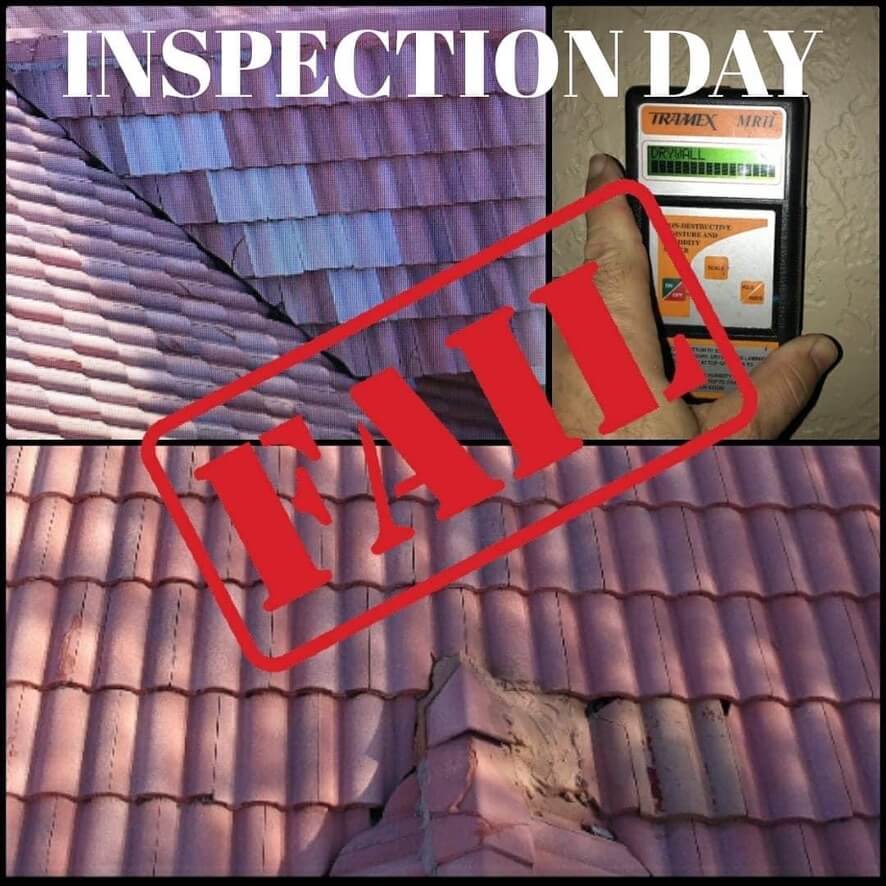
Are you familiar with the potential pitfalls that can void your roof warranty? Are you concerned? As a homeowner, it's essential to understand the factors that could compromise your warranty coverage.
If you need to file a warranty claim, you don't want to find out the warranty is void.
We get it.
At RoofCrafters, we understand the importance of maintaining your roof warranty. With 30 years in the business, we know all the ins and outs of warranties. So, we want to empower you with the knowledge you need so you can protect your investment.
In this article, we'll cover 7 things that can void a roof warranty. By familiarizing yourself with these, hopefully, you'll have a clear understanding of what to avoid.
Let's dive right in.
Improper Installation
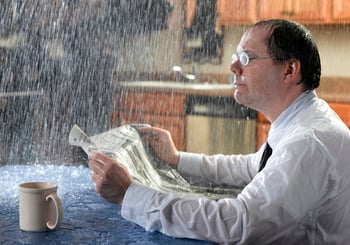
Improper installation can be likened to building a house on a shaky foundation. It poses a significant risk to the longevity and validity of your roof warranty. When a roof is not installed according to the manufacturer's guidelines it opens the door to potential problems down the line.
Following the manufacturer's installation instructions is crucial. They provide specific requirements and best practices for a successful roof installation. These guidelines ensure that the roofing materials and the flashings are properly installed.
Adhere to the manufacturer's guidelines and trust the installation to certified professionals. You'll safeguard your roof warranty and ensure that it remains valid.
Failure to Use Approved Materials
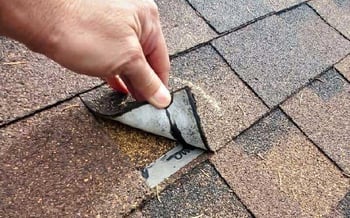
Choosing the right materials for your roof is a crucial aspect of maintaining the integrity of your warranty. Using non-approved materials or components can jeopardize the validity of your warranty coverage.
Manufacturers provide specific guidelines for the types of materials for their roofing systems. These guidelines ensure that all materials are compatible. And designed for optimal performance, and meet quality standards. Deviating from these specifications introduces a level of uncertainty and potential risk.
To protect your warranty coverage, adhere to the manufacturer's guidelines.
Unauthorized Repairs or Alterations
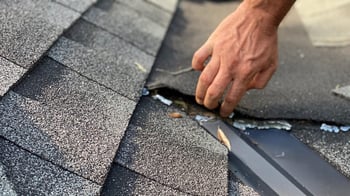
When it comes to your roof, it's essential to approach repairs and alterations with caution. Making modifications or conducting repairs without approval can have serious consequences. Voiding your warranty is the worst.
Manufacturers establish specific guidelines and protocols for repairs and alterations. This is to ensure that they are done correctly and in line with the warranty terms. These guidelines are based on extensive research. They help guarantee the continued performance and longevity of the roof system.
Engaging in unauthorized repairs or alterations can lead to unintended consequences. The use of incompatible materials, or improper techniques may compromise the integrity of the roof. Increasing the risk of leaks, structural damage, or other issues.
Lack of Proper Maintenance
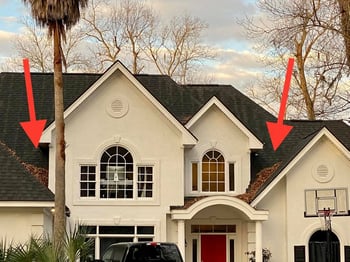
Maintaining your roof is a responsibility that should not be overlooked. Failure to perform regular inspections and necessary maintenance can have serious implications. Yes, potentially voiding your warranty in the process.
Regular inspections allow you to identify and address potential issues before they escalate. It's an opportunity to catch small leaks, damaged materials, or other issues. Issues that if left unattended, can compromise the integrity of your roof. Neglecting these routine inspections increases the likelihood of undetected damage. Which may not be covered under the warranty if it leads to more severe issues.
Negligence or Improper Use
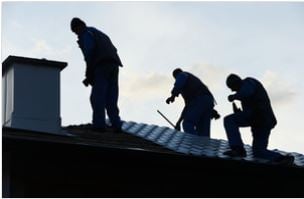
Your roof is there to protect your home and withstand the elements, but it is not invincible. Negligence or improper use can have detrimental effects on the performance and longevity of your roof. Potentially voiding your roof warranty in the process.
Excessive foot traffic on the roof is a common form of negligence that can lead to damage. Walking or placing heavy objects on the roof surface can cause structural stress. Other damage such as crack shingles can occur damaging the system.
Damage from Natural Disasters or Extreme Weather Events
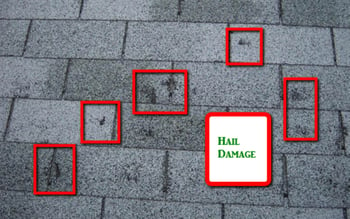
While your roof is there to withstand various weather conditions. Not all warranties provide coverage for damages caused by natural disasters or extreme weather events. Such events include hurricanes, tornadoes, earthquakes, and hail. Or any other acts of nature that can pose significant risks to your roof.
Natural disasters can unleash powerful forces that exceed the design limits of any roofing system. The high winds, heavy rain, hail, and flying debris associated with these events can cause severe damage to even the most durable roofs. Often warranties state that they do not cover damages resulting from these events.
Review your warranty to understand the extent of its coverage of natural disasters and extreme weather events.
Failure to Transfer the Warranty

When it comes to selling your home, you may have the opportunity to transfer your roof warranty to the new homeowners. But, you'll need to understand and follow the required transfer process outlined by the warranty terms. Failure to transfer the warranty can lead to its nullification. Thus leaving the new homeowners without the coverage they may have relied upon.
Transferring a warranty involves notifying the manufacturer. Typically within a specified timeframe. Providing any necessary documentation. Such as proof of ownership transfer and payment of any transfer fees. Each warranty may have its specific requirements. So it is crucial to review the terms and follow the instructions.
By neglecting to transfer the warranty, you risk voiding its coverage for the next homeowner. This means that any issues or repairs that would have been covered by the warranty will now become their responsibility.

Transferring the warranty not only benefits the new homeowners. But it also reflects positively on your credibility as a seller. It demonstrates your commitment to transparency. And ensuring the continued protection of the roof for the new occupants. It can also enhance the market value of your home.
By doing so, you can maintain the integrity of the warranty. Protect the interests of the new homeowners, and uphold your reputation as a responsible seller. Win-Win-Win
Protecting Your Roof Warranty: Key Takeaways

Understanding what can void your roof warranty is crucial to ensure that you maintain its coverage and protection over time. By being aware of the potential pitfalls and avoiding them, you can safeguard your investment and enjoy the benefits of a valid warranty.
Here are the key takeaways to remember:
- Proper installation by a certified professional is essential to uphold the warranty's validity. Ensure that your roof is installed according to the manufacturer's guidelines and specifications.
- Always use approved roofing materials and components that meet the manufacturer's specifications. Using non-approved materials can compromise the warranty's coverage.
- Seek prior approval from the manufacturer before making any repairs or alterations to your roof. Unauthorized modifications can void the warranty.
- Regular maintenance, such as inspections, cleaning, and addressing minor repairs. May be necessary to maintain the warranty's coverage. Neglecting proper maintenance can lead to warranty nullification.
- Exercise caution and avoid negligence or improper use of your roof. Excessive foot traffic or other misuse can void the warranty.
- Understand the warranty's limitations regarding coverage for natural disasters or extreme weather events. Some warranties may exclude such damages.
- If your warranty is transferable, follow the required transfer process when selling your home. Failure to transfer the warranty correctly can result in its nullification for the new homeowners.
By adhering to these guidelines, you can protect your roof warranty. You'll ensure that it remains valid throughout its designated coverage period.
Protect your roof investment by being proactive in upholding the requirements of your warranty. With a valid warranty in place, you can have confidence in the long-term performance and durability of your roof. To learn about anything roofing-related visit our learning center.
My name is Mitch, and I have over 10 years of roofing experience. I enjoy my career in the service industry because I love helping others take care of their homes and businesses. With over 10 years in the roofing industry, my success comes from my honesty and integrity during my roof inspections. I do my best to listen to the needs of my clients and strive to provide an awesome client experience.


